When a veteran iOS exploit developer opened a chilling message from Apple warning that his iPhone had been targeted with government spyware, the moment cut through the noise. Gibson, who previously worked for Trenchant developing surveillance tools for Western governments, found himself on the receiving end of the very type of attack he once helped create. The mercenary spyware ecosystem is moving beyond its traditional targets and circling back to the builders. That is an escalation, plain and simple.
Apple's threat notifications are the company's most serious security warnings, sent when there is high-confidence evidence of mercenary spyware attacks targeting specific individuals. They do not confirm a successful compromise, they flag credible targeting attempts worth acting on. What makes Gibson's case stand out is that multiple exploit developers have received similar alerts in recent months, a hint of a coordinated campaign inside the cybersecurity world itself.
Think of these alerts as Apple's early warning system for the most dangerous mobile threats, attacks that usually take nation state resources or well funded commercial operations to pull off.
The expanding mercenary spyware marketplace
The commercial spyware trade has become a lucrative ecosystem where money fuels rapid innovation in attack techniques. iOS exploit chains command seven-figure prices from both public middlemen and private buyers, so breakthrough capability beats defense almost every time.
The numbers tell the story. Google's Project Zero documented a record 97 zero-day vulnerabilities exploited in the wild, many tied to commercial surveillance vendors. That is nearly two new zero days weaponized every week. Targeting has widened too, as researchers have documented spyware use against reporters, opposition figures, and human rights defenders across multiple countries.
The engine behind all of this, unpatched vulnerabilities are the lifeblood of mercenary spyware operations. The economics create a feedback loop, attackers ship new methods faster than defenders can respond, and even seasoned security professionals end up in the crosshairs.
We have also reached a point where attacks can be deployed invisibly and remotely, often with minimal user interaction. That kind of capability shows how advanced these tools have become, and how accessible they are to well funded actors.
When the hunters become the hunted
Gibson's case may be the first documented instance of someone who builds exploits and spyware being targeted with spyware themselves. A troubling precedent, a developer who once created offensive capabilities for government clients became the subject of surveillance by unknown actors.
Without comprehensive forensic analysis, it's impossible to determine who targeted Gibson or why, but the possibilities are hard to ignore. Competitors chasing proprietary techniques. Foreign governments trying to recruit or compromise Western security researchers. Former employers watching a departed employee to protect sensitive operational details. If the builders are targets, who is safe?
There is precedent. North Korean government hackers have previously targeted security researchers in vulnerability research and development, a reminder that state actors see these professionals as valuable intelligence targets whose knowledge and access make them prime candidates for surveillance.
The implications go beyond privacy. When the people who develop defensive technologies become targets, it chills research, slows information sharing, and warps the way the community collaborates.
Apple's defensive evolution and its limitations
Apple has stacked multiple defensive layers against these attacks, including the Optional Lockdown Mode feature that creates high-friction security barriers against exploit chains. It is a clear trade, convenience for safety, aimed at high risk users.
The company's latest defensive innovation involves Memory Integrity Enforcement in newer iPhone models, combining chip-level protections with software defenses to harden devices against memory safety vulnerabilities that spyware commonly exploits. It signals a deeper architectural shift that makes entire classes of attacks much harder to pull off.
The reach is global. The company has alerted users in over 150 countries since 2021, providing crucial early warnings for potential victims. These are Apple's highest confidence alerts, and they should be taken seriously.
The challenge is getting harder. Recent forensic cases are becoming increasingly difficult to analyze, with some investigations finding no evidence even after Apple's high confidence alerts. Attackers are getting better at covering their tracks, which makes detection and analysis far tougher for researchers.
The asymmetry remains. Defenders must cover every possible path, attackers need only one. When a well funded organization spends months on a single exploit chain, the defensive problem multiplies.
The broader implications for digital security
Targeting cybersecurity professionals with deep knowledge of these threats marks a shift. While civil society continues to be the most frequently recorded victim of mercenary spyware attacks, the move to include security researchers suggests expertise and access are becoming the selectors.
This ripple hits the research community's appetite to pursue risky investigations or share sensitive findings. The Gibson case shows how surveillance technology can be invisibly deployed through software vulnerabilities worth millions of dollars, work that takes months and serious resources.
The concentration of these capabilities in the hands of a relatively small number of well funded organizations, whether state actors or well financed private entities, raises hard questions about oversight and accountability. The commercial market has effectively democratized access to nation state level surveillance capabilities, making them available to any organization with sufficient funding, including authoritarian regimes and other malicious actors.
What this means for the future of mobile security
Apple's handling of Gibson's case reinforces its position that threat notifications should be considered the highest-confidence warnings available. Recipients should tighten security immediately and treat the alert as evidence of active, sophisticated targeting.
Mercenary spyware has evolved from focusing on dissidents and journalists to potentially including the very people who develop security tools. As economic incentives keep driving offensive innovation, the cybersecurity community has to face a hard truth, their specialized knowledge makes them high value targets in a high stakes game of cat and mouse.
Looking ahead, the lines between attackers and defenders are blurring. The fact that someone like Gibson, with deep knowledge of how these systems work, could still find himself targeted shows how advanced and pervasive these threats have become. With increasingly stealthy tradecraft, even security professionals may not realize when they are being surveilled.
The Gibson case is a stark reminder that in the world of commercial spyware, today's hunter can quickly become tomorrow's hunted. As these tools grow more powerful and widely available, the challenge for defenders is staying ahead of threats that are more sophisticated, better funded, and less predictable in their targeting. The community now has to protect not only clients and users, but themselves. No one gets a free pass.




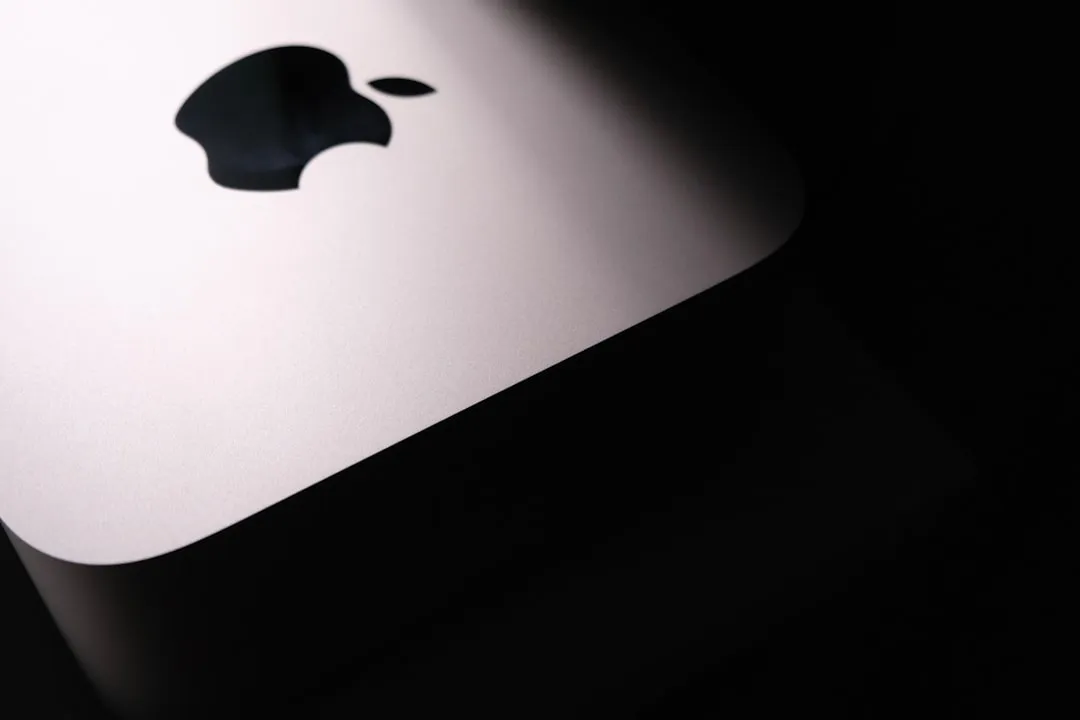


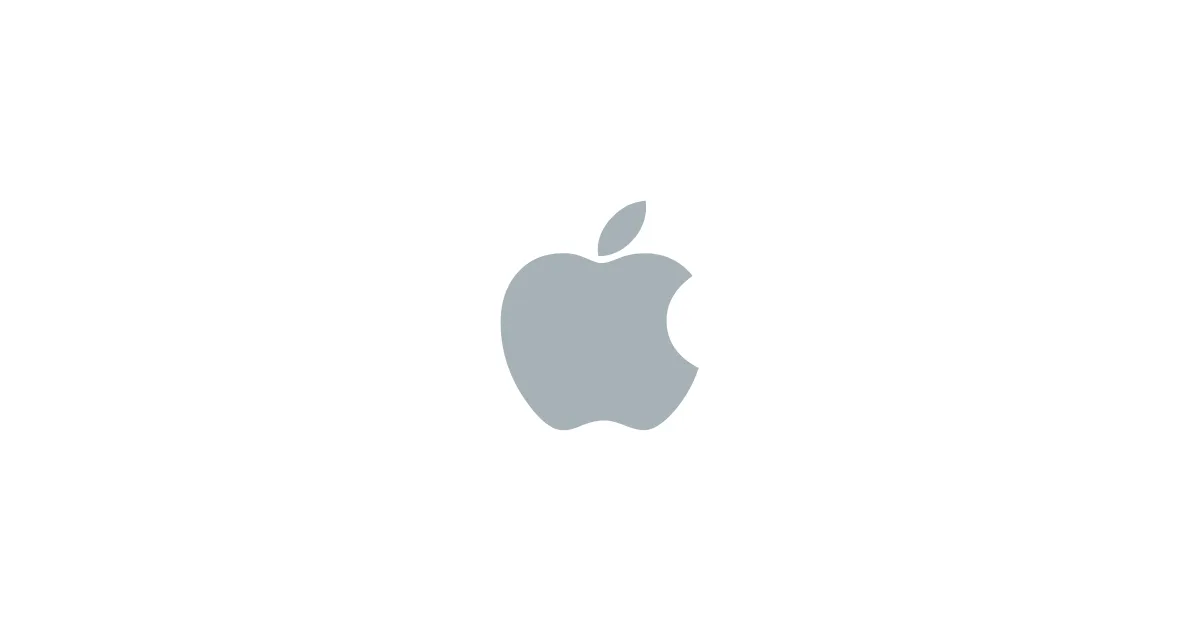
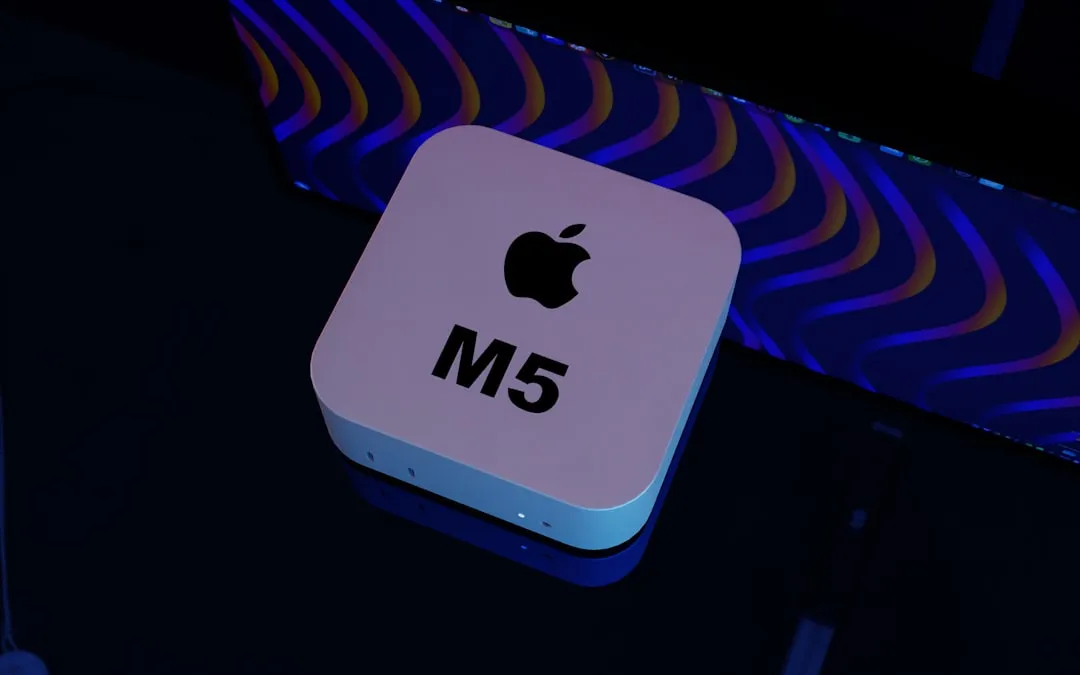
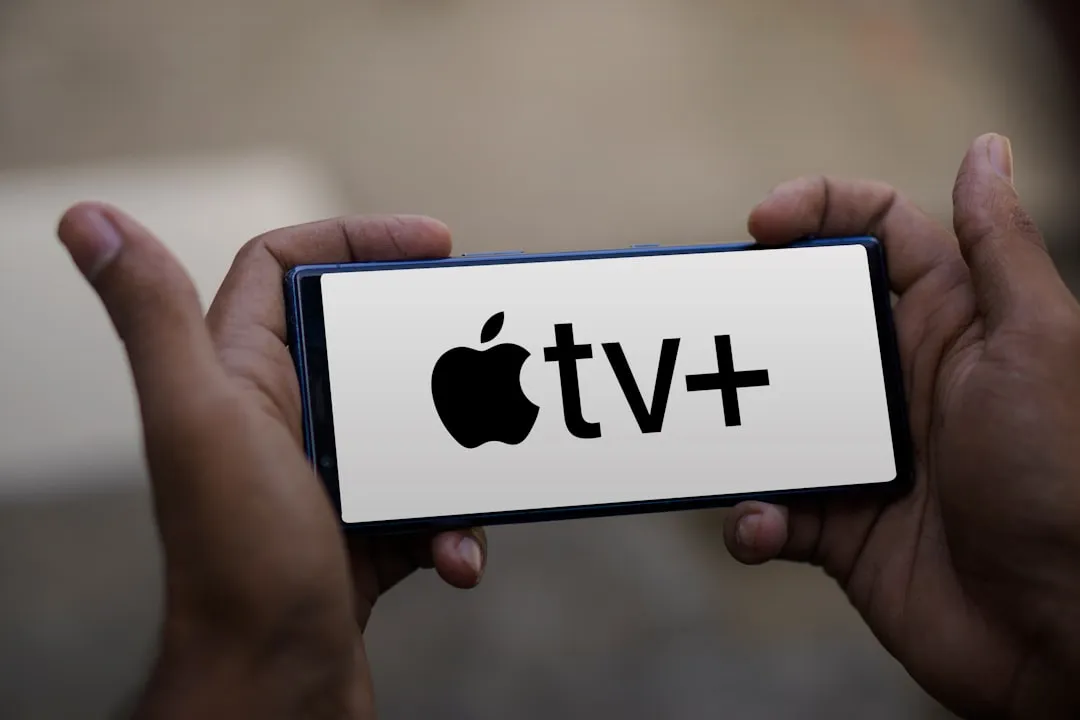
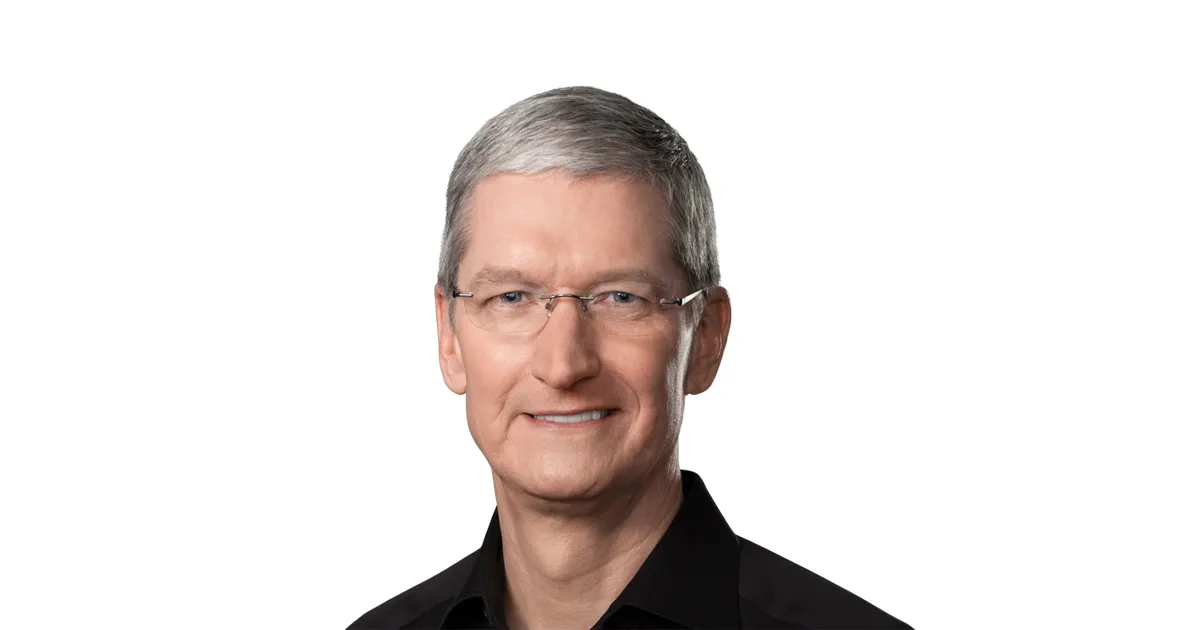
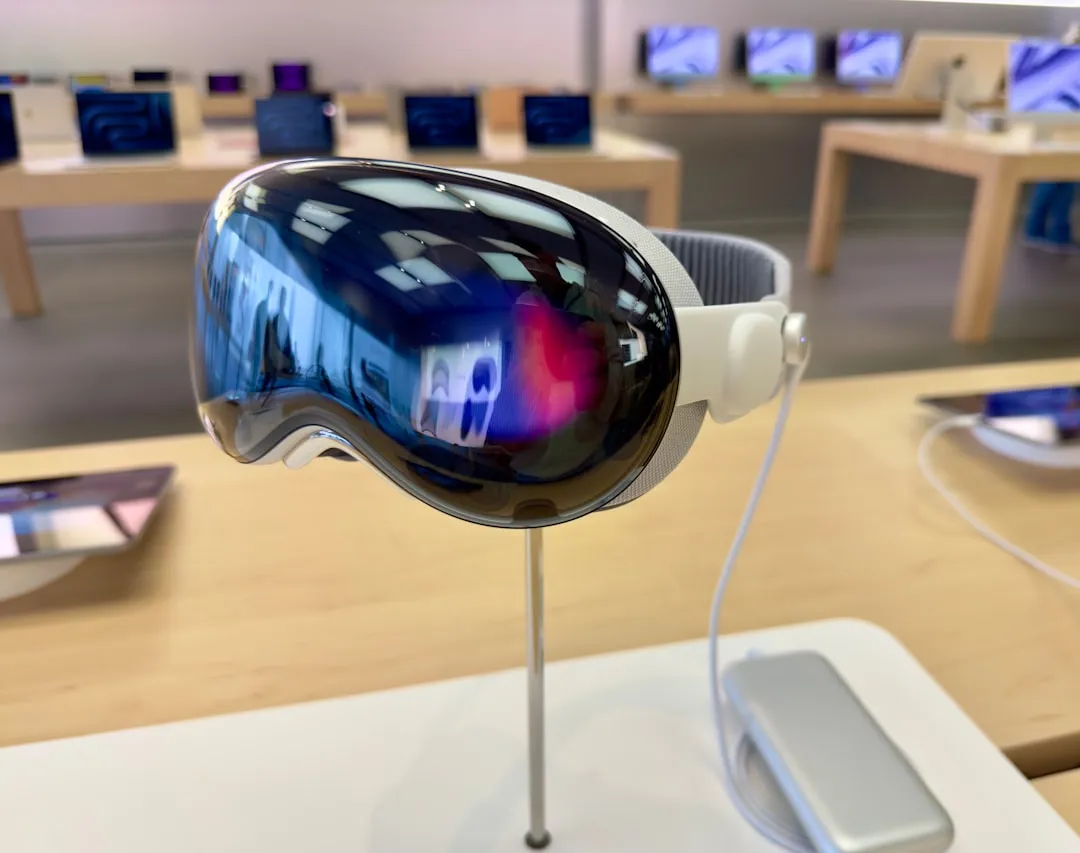
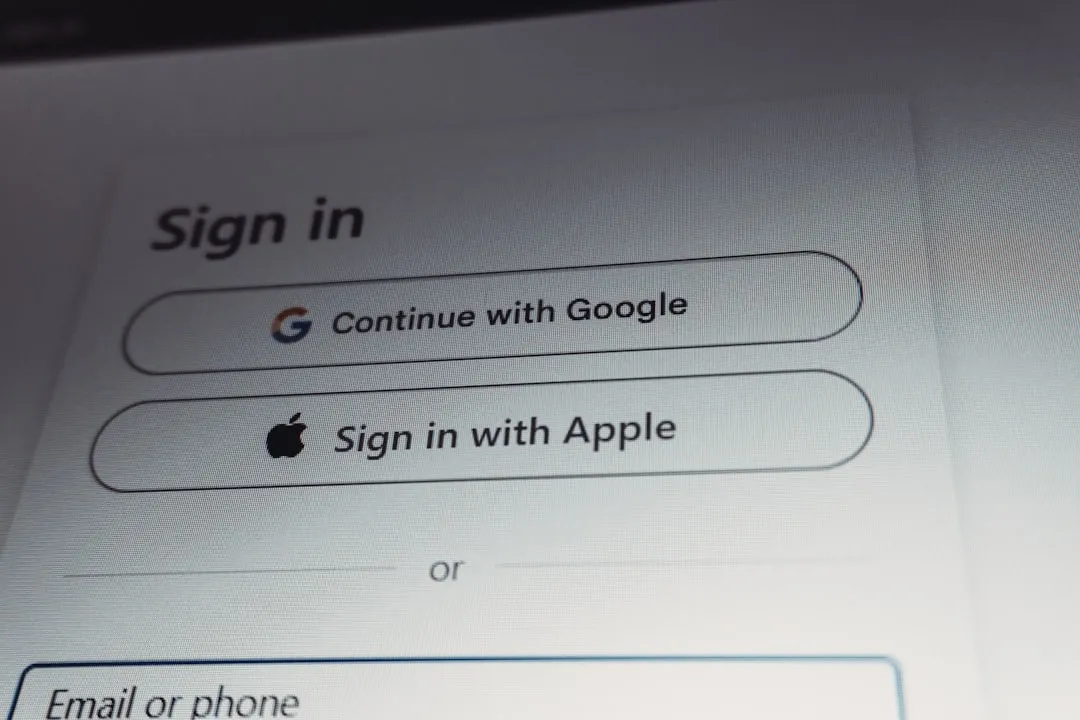
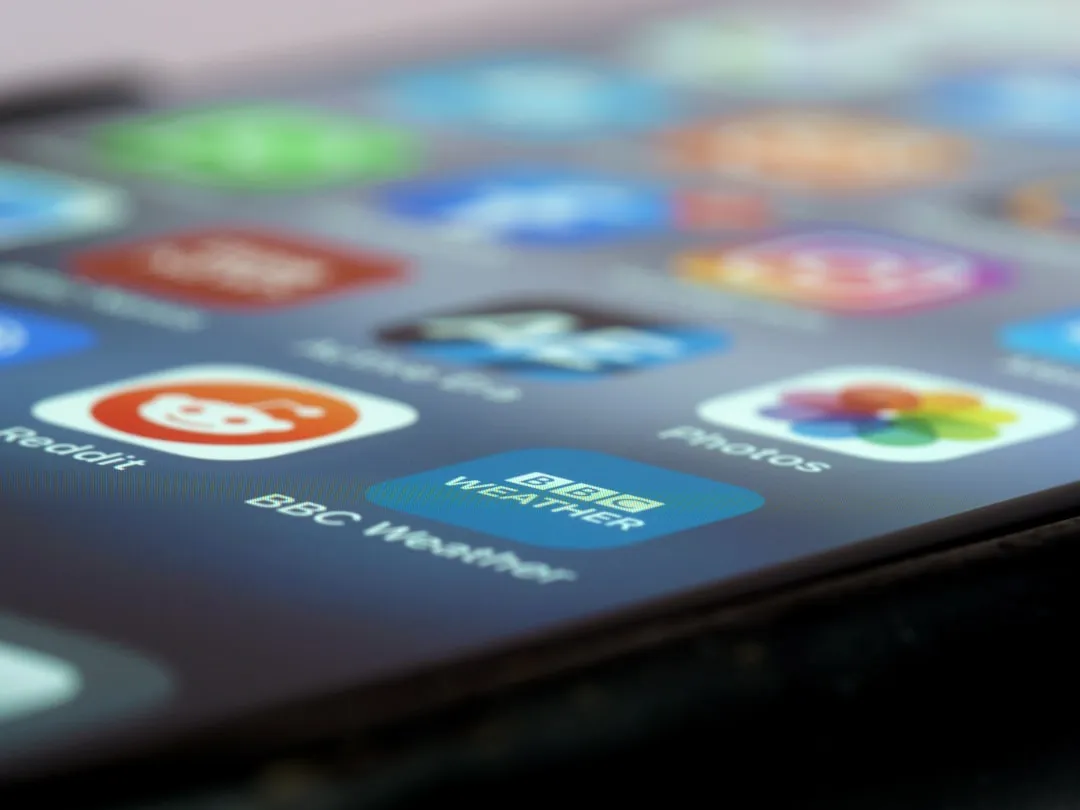
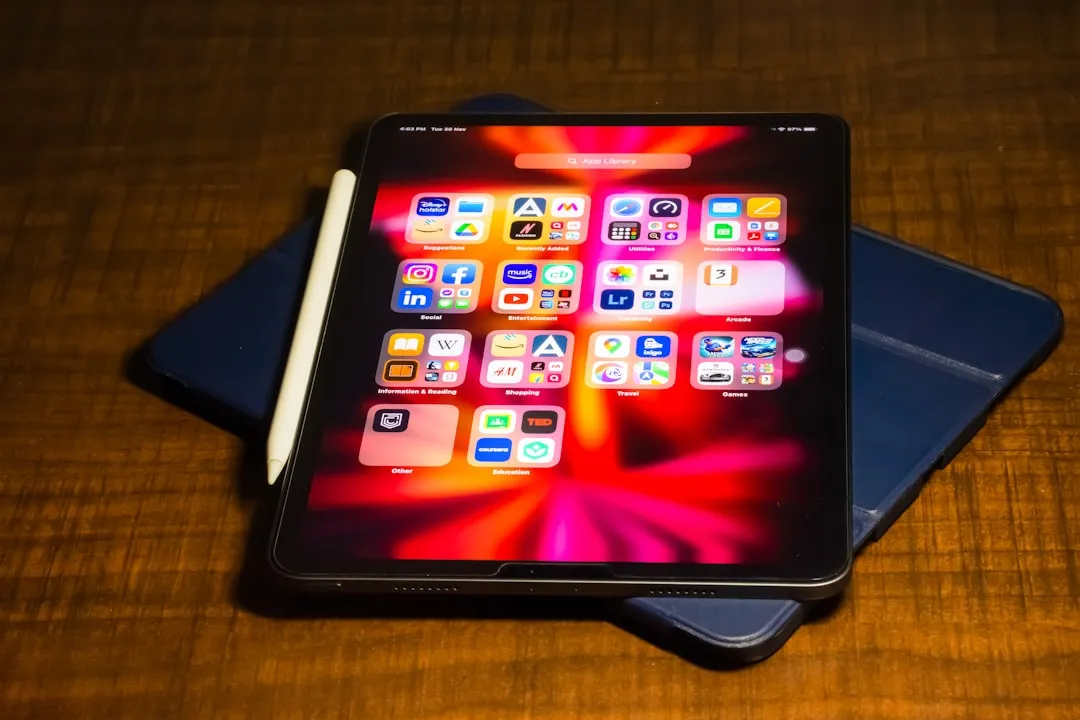
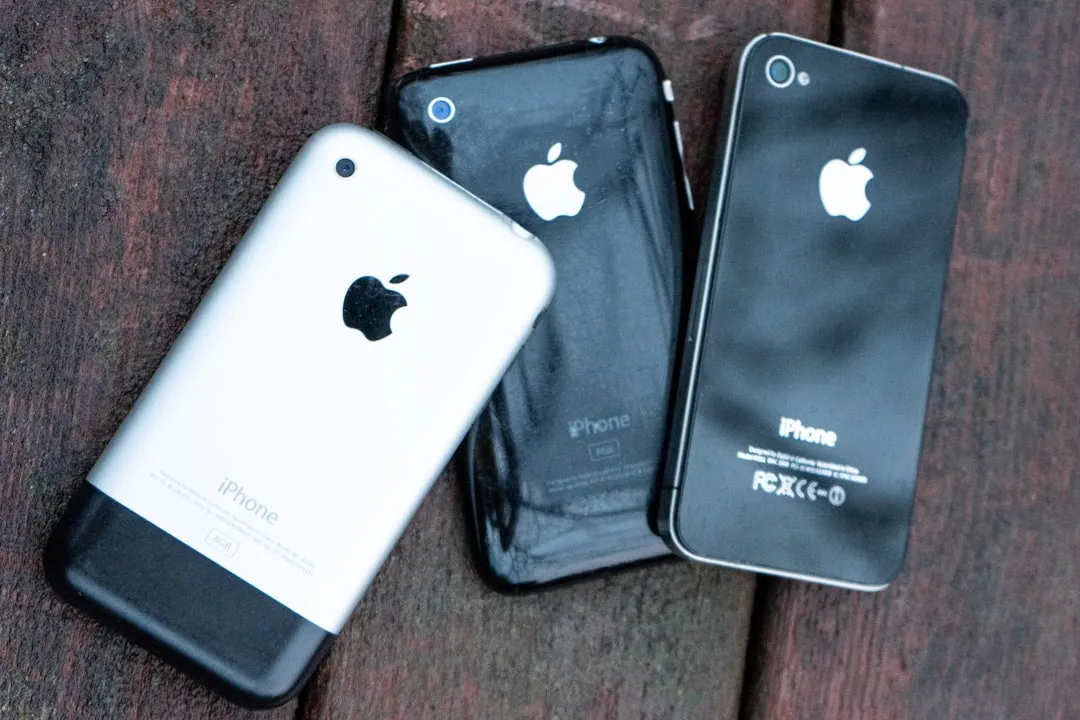
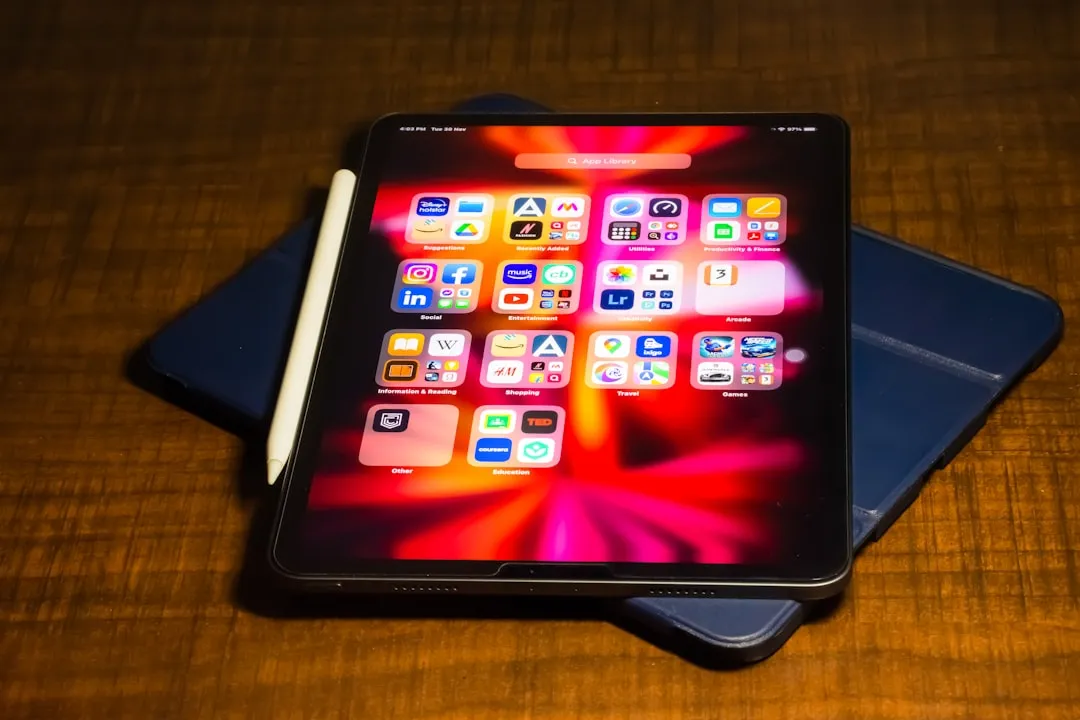

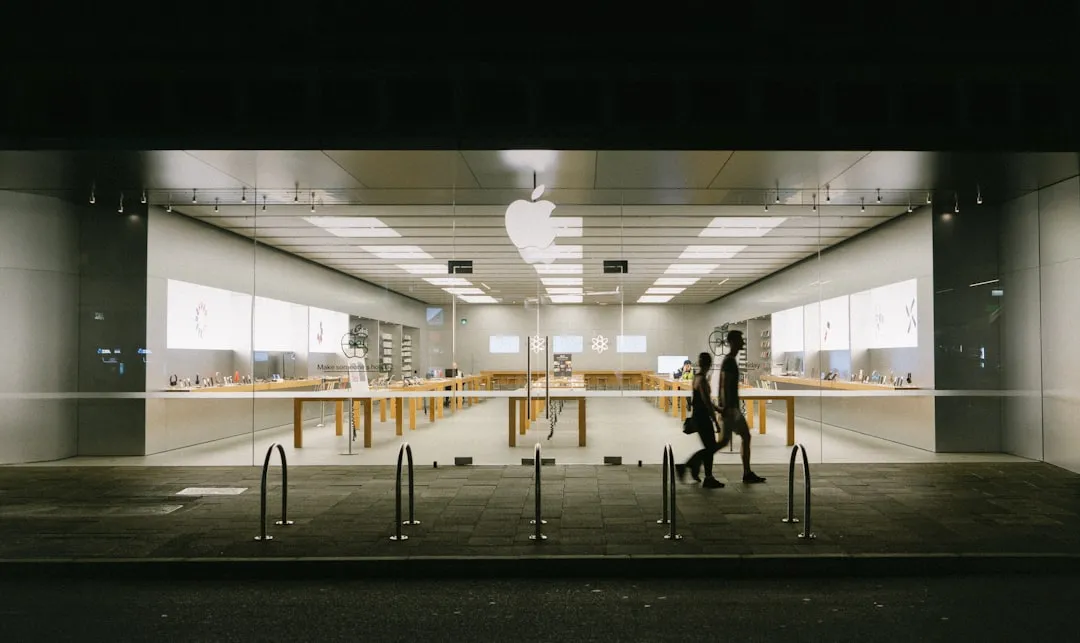
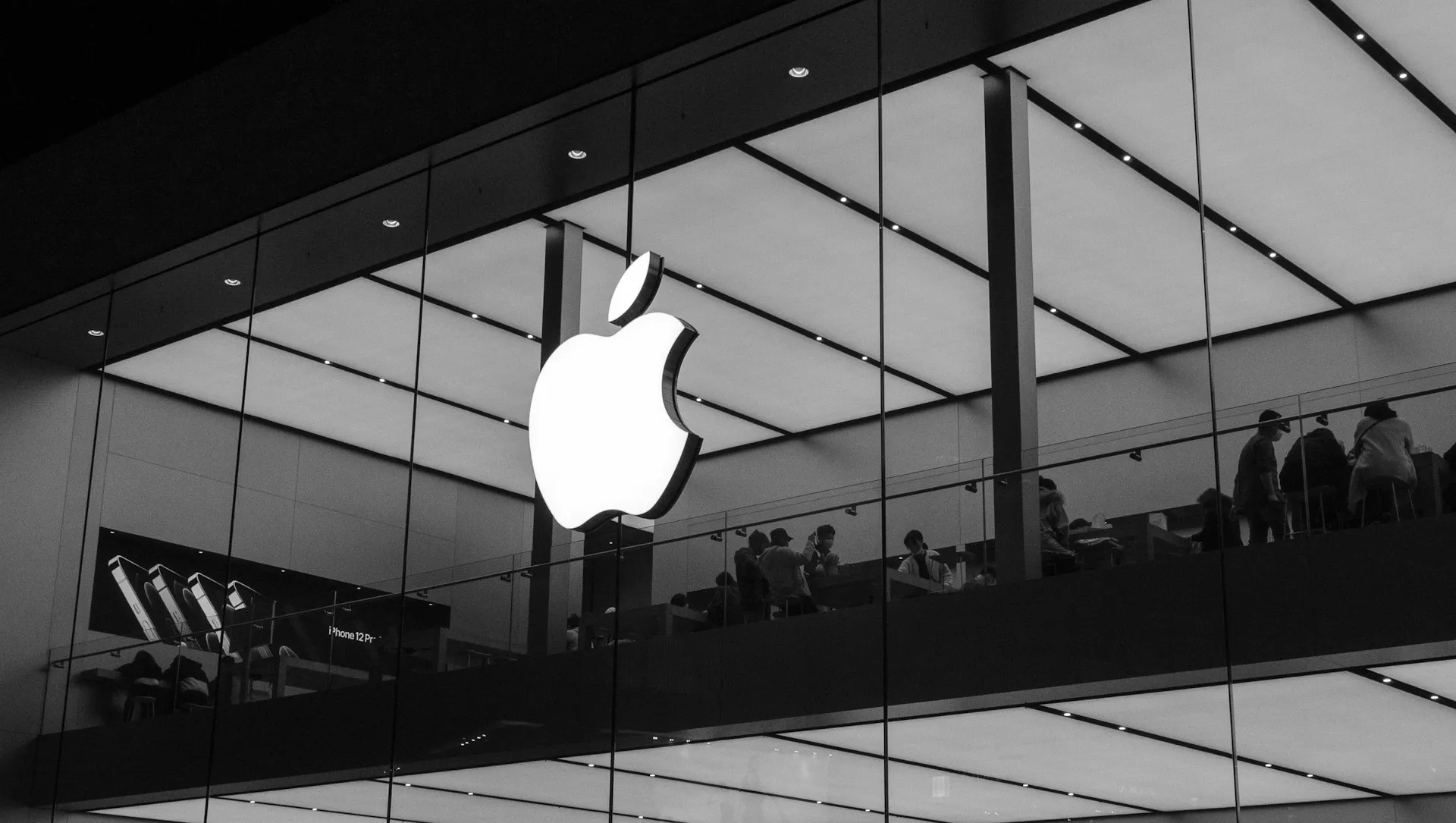
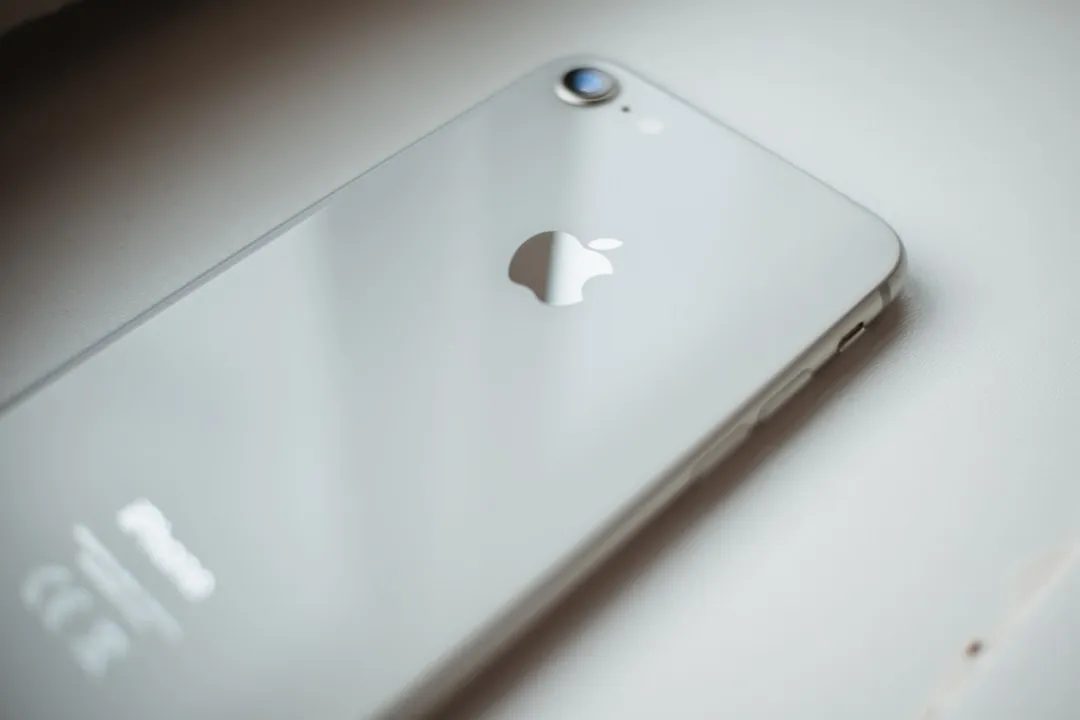
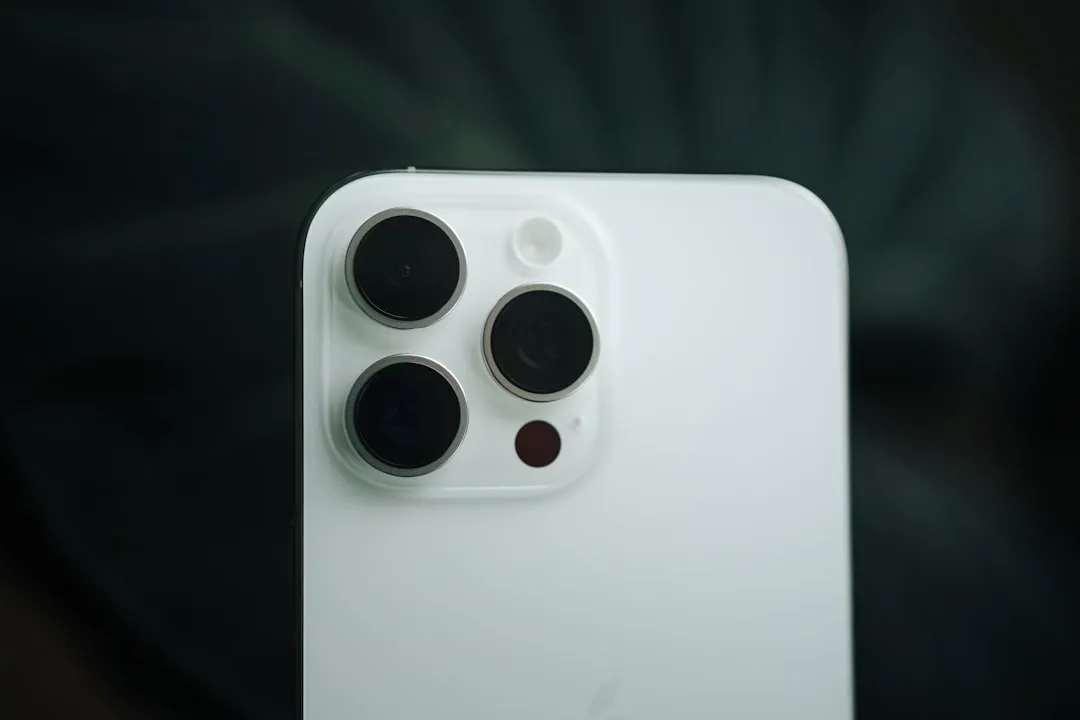
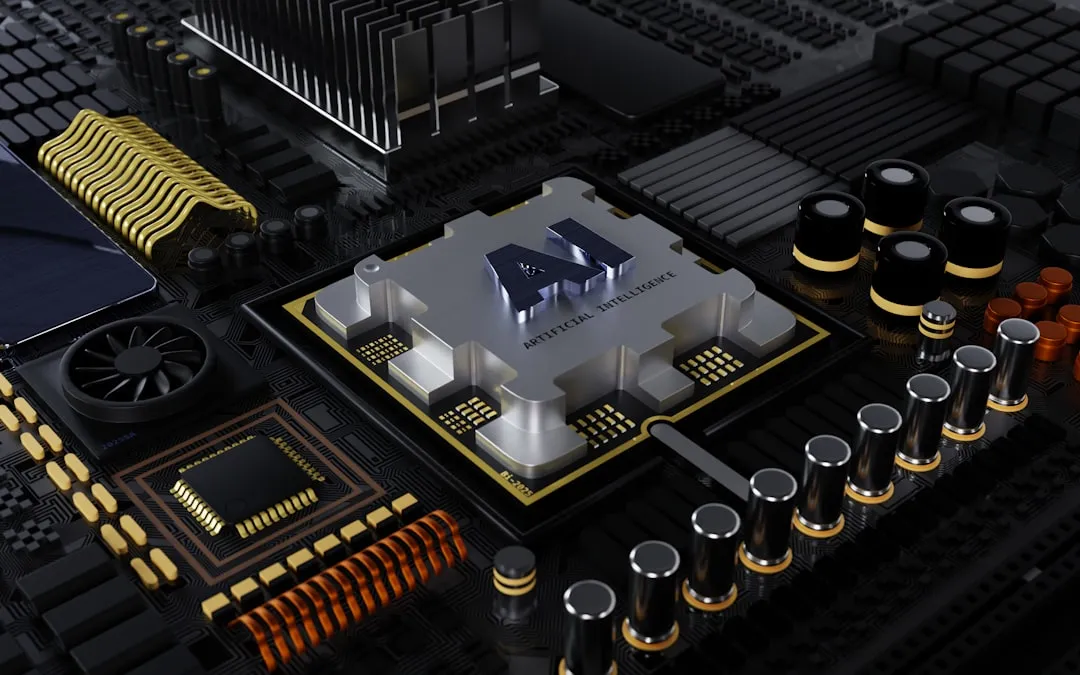
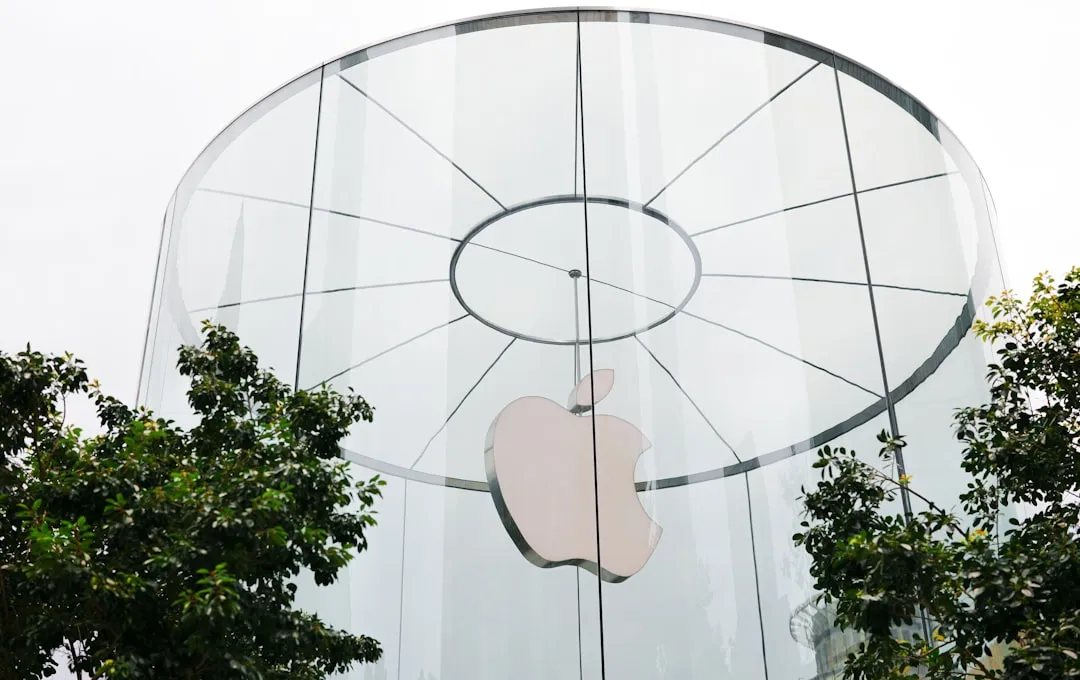

Comments
Be the first, drop a comment!